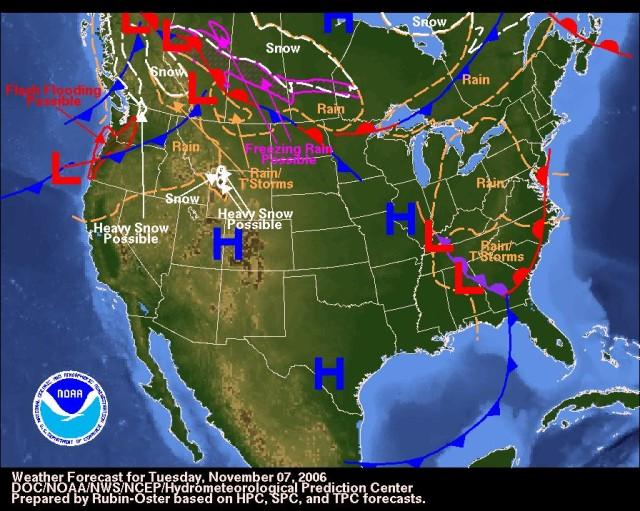
I participated in the UMass STEM Saturday Engineering & Science Seminar this morning. The description of this seminar was as follows:
“January 26. Air Pressure, Clouds and the Weather. Laura Schofield, Ipswich
schools. Predict the weather by understanding air pressure and clouds.
Participants will be presented with content to strengthen their own
understandings as well as student friendly materials from the National
Weather Service and NOAA. Topics covered will include Clouds, Air Pressure
and Weather Systems. The presentation will include tutorials, hands-on
analysis of current weather data using online resources and materials that
support nonfiction reading and writing skills which address ELA Common Core
Standards.”
Laura Schofield did a fantastic job of explaining the materials and used time very wisely. We started out the morning learning about the basics of air. Upon this knowledge, we learned about air pressure and how it affects weather and climate. The major theme of this segment of the lesson is that air is 3 dimensional, and interacts vertical as well as the horizontal way (wind) that we think about.
There was a great activity on low/high pressure areas and how it relates to the weather. This activity has a practical application in my classroom, as I can directly tie it into the Carbon cycle.
The second segment of class, we talked about air pressure and how it relates to the creation of clouds through the water cycle. We worked in groups of 4 and did the experiment with the 2 liter bottle, thermometer, a few drops of water, and a match. This activity shows the conditions required for clouds to form, and again could be used in my classroom very easily.
The third lesson of class used materials from The WeatherCycler. The WeatherCycler was great; the materials were well thought out and easy to understand. The only part that would keep me from adopting them in my classroom would be the price.
There were other great teachers there, and it reminded me how much I miss being in a highly collaborative environment, just like the RET experience I had this past summer at BU.